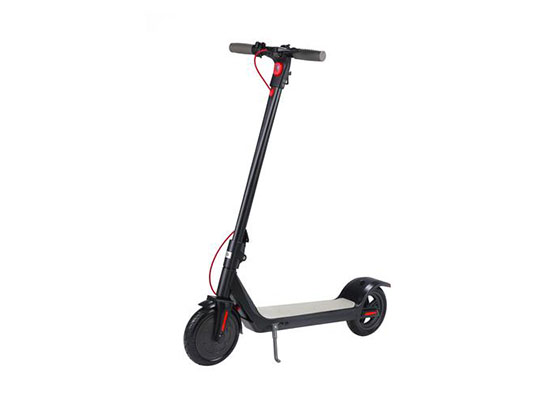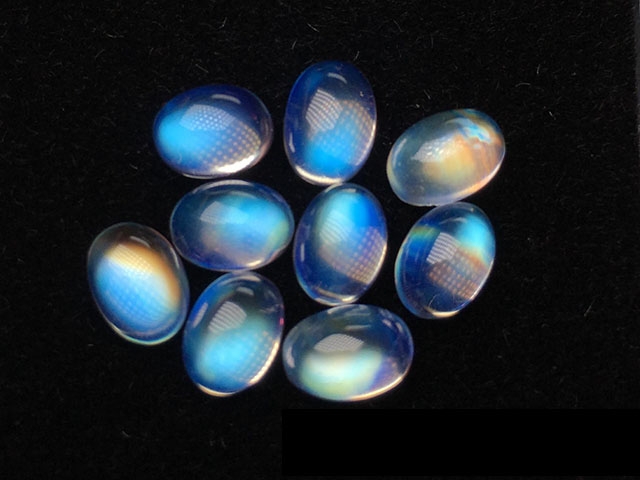The Ninebot scooter has gained immense popularity as a convenient and eco-friendly mode of transportation. As electric scooters become increasingly common, one important factor to consider is their resistance to water. In this blog post, we will explore the waterproofing capabilities of the Ninebot scooter, delving into its design features and practical considerations for riding in wet conditions.
Understanding the IP Rating System
Before we dive into the specifics of the Ninebot scooter’s waterproofing, it’s essential to understand the IP (Ingress Protection) rating system. The IP rating indicates the level of protection an electrical device offers against the intrusion of solid particles and liquids. In terms of water resistance, the second digit of the IP code is of particular importance. Higher digits indicate greater resistance to water ingress.
Water Resistance Features of the Ninebot Scooter
The Ninebot scooter is designed with several features to protect it from water damage. Let’s explore the key aspects of its water resistance capabilities:
- Waterproofing of the Main Body and Frame
The main body and frame of the Ninebot scooter are constructed to withstand exposure to water and moisture. The scooter incorporates sealed compartments and connectors, preventing water from seeping into sensitive areas. These measures ensure the internal components remain dry and functional even in wet conditions.
- Water Resistance of Key Components
The Ninebot scooter’s crucial components are designed with water resistance in mind:
- Battery and Electrical Components: The battery and electrical components of the scooter are shielded from water. They are enclosed within protective casings, reducing the risk of short-circuits or damage due to moisture.
- Control Panel and Display: The control panel and display, often exposed to the elements, are designed to resist water intrusion. This feature ensures that riders can easily monitor and control their scooter, even in rainy conditions.
- Motors and Wheels: The motors and wheels of the Ninebot scooter are built to withstand water exposure. While riding through wet surfaces, these components continue to function optimally, providing a smooth and safe riding experience.
Practical Considerations for Riding in Wet Conditions
While the Ninebot scooter offers water resistance features, it is important to consider some practical aspects when riding in wet conditions. Here are a few recommendations:
- Recommended Usage in Various Weather Conditions: Although the Ninebot scooter is designed to handle wet conditions, it is advisable to exercise caution in heavy rain or during storms. Limiting exposure to excessive water can help maintain the longevity of the scooter.
- Cleaning and Maintenance Tips for Water-Exposed Parts: After riding in wet conditions, it is essential to clean and dry the scooter properly. Wiping down the surfaces and ensuring that no residual moisture remains can prevent potential damage.
- Importance of Following Manufacturer Guidelines: To maximize the lifespan of your Ninebot scooter and ensure its water resistance, it is crucial to follow the manufacturer’s guidelines. These guidelines may include recommendations for storage, cleaning, and maintenance in different weather conditions.
Customer Experiences and Feedback
Real-world experiences from Ninebot scooter users can provide valuable insights into its waterproofing capabilities. Many riders have reported positive experiences with the scooter’s water resistance, highlighting their satisfaction with its performance in light rain or wet road conditions. However, it is important to note that extreme weather conditions and prolonged exposure to water can still pose a risk.
The Ninebot scooter incorporates several design features that make it resistant to water damage. The sealed compartments, protective casings, and water-resistant components ensure the scooter can handle wet conditions to a considerable extent. However, it is essential to exercise caution and follow manufacturer guidelines to maximize the scooter’s longevity and maintain its water resistance.
While the Ninebot scooter offers a certain level of water resistance, it is important to remember that no electric scooter is completely waterproof. Extreme weather conditions, submerging the scooter in water, or prolonged exposure to heavy rain can still pose a risk to its functionality and longevity. It is always best to avoid riding in such conditions whenever possible.
To enjoy the benefits of the Ninebot scooter while ensuring its longevity, here are some final considerations:
- Regular Inspections and Maintenance: Periodically inspect the scooter for any signs of water damage or wear and tear. If you notice any issues, such as loose connections or compromised seals, address them promptly.
- Protection Accessories: Consider using additional accessories such as fenders, mudguards, or waterproof covers to provide extra protection for your scooter and minimize water exposure to its components.
- Be Mindful of Riding Conditions: Even with water resistance features, it is important to be cautious when riding through wet surfaces. Reduce speed, maintain balance, and avoid large puddles or deep water to prevent water from splashing onto sensitive areas.
- Storage and Drying: When not in use, store your Ninebot scooter in a dry and sheltered area. If the scooter gets wet during a ride, thoroughly dry it before storing to prevent moisture buildup.
By following these guidelines and using the Ninebot scooter responsibly, you can enjoy its water resistance features while ensuring its longevity and performance.
Related:
Qooder QV3 vs Yamaha Tricity 300: Which Is Better?
Conclusion
The Ninebot scooter offers notable water resistance capabilities, with its sealed compartments, protective casings, and water-resistant components. However, it is important to exercise caution and use common sense when riding in wet conditions. Remember to follow manufacturer guidelines, perform regular maintenance, and take additional precautions to protect your scooter. By doing so, you can confidently enjoy the convenience and reliability of the Ninebot scooter, even in light rain or wet road conditions.




